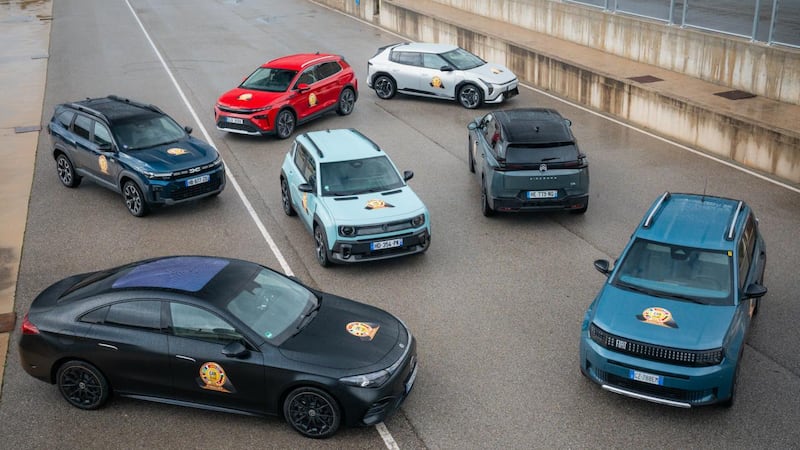Automotive systems supplier Delphi is planning a dramatic demonstration of the current state-of-the-art robot car. The company, independent now after having for years been a subsidiary of General Motors, has a highly-modified Audi SQ5 SUV, and is planning to set the car loose on a coast-to-coast drive of the continental United States.
Starting on March 22nd, the SQ5 will travel for 5,633km – from the Golden Gate Bridge in San Francisco to the heart of Manhattan. Along the way, it will demonstrate various robotic driving systems which Delphi has under development, including a traffic-jam assistant, a highway-driving assistant with lane-changing ability and a valet-parking system along with Delphi’s various cameras, radar and laser mapping systems.
The car won’t be allowed to be entirely self-sufficient though. A team of Delphi’s robot car experts will be in constant attendance, with two always in the car and one of them always behind the wheel. Delphi isn’t predicting that the human driver can be excluded from the driving process any time soon – far from it; all of the systems are being developed as driver aids, rather than driver replacements.
Although the test car is an Audi, Delphi is not surprisingly working very closely with its former owner General Motors and is expected to supply robotic, autonomous driving systems to GM's luxury Cadillac division, most likely for its new Mercedes-Benz S-Class-rival, the CT6, due for launch in 2016.
New hurdle
However, Delphi, and all of the other robot car evangelists, may be facing a new hurdle for self-driving technology: emissions and fuel consumption. According to research conducted by the University of Michigan, robotic cars could actually be worse at saving fuel than existing human-piloted vehicles.
That seems rather counter-intuitive. After all, computers are supposedly much better able to work around fuel-sapping traffic conditions, and aren’t prone, as are humans, to mashing the throttle to the floor in a futile attempt to make better time.
While the university acknowledges the silicon chips’ primacy when it comes to saving fuel, the problem being flagged up is simply a greater number of journeys being made. If, as is expected, robot cars work on a “cab-rank” system (collecting and dropping off passengers on demand) then the worry is that many extra journeys per vehicle will have to be made, shuttling between assignments. These extra journeys, especially in cases where robot cars are being used by those who previously would have been reliant on public transport, are where the extra consumption and fuel use comes in. “It could be that sharing the vehicle ends up increasing the mileage because of all these connecting trips,” Brandon Schoettle, of the UM transportation research institute, said. “The net effect is probably going to be an increase in mileage, and in general the more miles you drive the more fuel you burn.”
UM’s projections involve a 43 per cent reduction in the number of cars actually owned by individuals (with the average American household moving from owning 2.1 cars to 1.2) but that those cars would double their annual mileage, from 11,000 miles to more than 20,000 miles. It’s all that extra mileage that outweighs the estimated 12 per cent of fuel that a robot car can save relative to a human driver.















